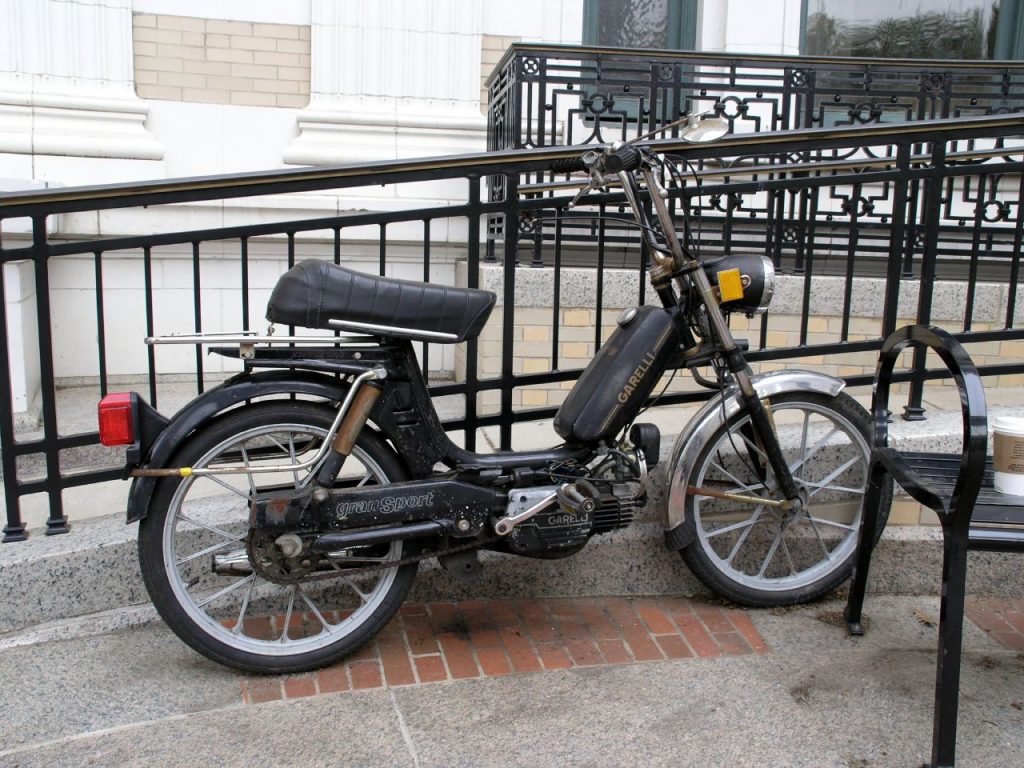Moped/Scooter Safety
Moped/Scooter Definition
Definitions and terminology used to describe mopeds/scooters vary considerably across state lines. Generally, however, this label is used to describe two- or three-wheeled motor vehicles with a low-power engine, many of which have a step-through body style. Other common characteristics include a top speed of 30 mph, a maximum engine displacement of 50 cubic centimeters (cc), and a brake horsepower (bhp) rating of 2 or less. Operable pedals may or may not be equipped.
Ongoing Concerns
Confusing Terminology and Definitions
The terminology used to describe mopeds/scooters is highly variable across jurisdictions. In fact, depending on the particular state being considered, as well as the presence or absence of operable pedals, mopeds/scooters may be subjected to one of nine different naming conventions (e.g., moped, motor-driven cycle, motor scooter, and motorized bicycle).
The most common statutory thresholds used to separate mopeds/scooters from motorcycles are an engine displacement of 50cc or less and a top speed of 30 mph. However, some jurisdictions use different criteria, such as relying only on brake horsepower or setting higher thresholds for speed or engine displacement to distinguish between vehicle types.
Complicating matters further, it is often difficult to differentiate mopeds/scooters from motorcycles based on appearance alone. For example, each of the vehicles presented in Figures 1a–c would be categorized as a moped/scooter in a majority of states.

Source: Simon King via Flickr (CC BY-NC-ND 2.0 DEED)

a step-through design
Source: Wolf Brand Scooters

a step-over design
Source: Safer Wholesale
On the other hand, while each of the vehicles presented in Figure 2 has a step-through body style and is highly similar in appearance, only one would qualify as a moped/scooter in most jurisdictions based on statutory thresholds for engine displacement.

Source: Genuine Scooters
A lack of consistent terminology and definitions, along with an absence of easily distinguishable physical characteristics, creates confusion and presents challenges for law enforcement officials as well as moped and scooter riders who aim to enforce and/or adhere to existing regulations.
Characterization as a Low-Risk Transportation Mode
Mopeds/scooters are often perceived as a low-risk transportation mode, as they face minimal regulation and have been the subject of few concerted safety efforts in the United States. Yet, crash data have clearly established an association between this vehicle type and serious head and facial injuries, and, despite exhibiting a relatively low fatality rate, moped operators have an injury rate similar to that of motorcyclists. In short, the perceived safety and casual treatment of mopeds/scooters is not in alignment with their actual level of risk.
Significance of Moped/Scooter Safety
Moped/scooter riders are especially susceptible to head and facial injuries. Yet, research has indicated that compared to motorcyclists, moped/scooter operators exhibit much lower rates of helmet use and have a higher likelihood of riding under the influence of alcohol. Due to the relatively low speeds of mopeds/scooters, in conjunction with the well-established effectiveness of modern safety gear, adverse crash outcomes are highly preventable if proper safety measures are employed. Illustrating this point, research has indicated both that helmets are most effective at speeds consistent with moped/scooter capabilities and that helmet use is associated with reduced injury severity levels among moped/scooter operators.